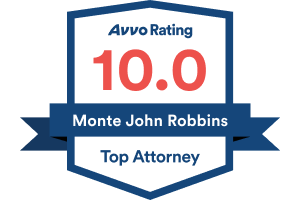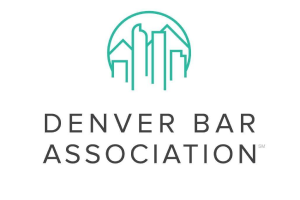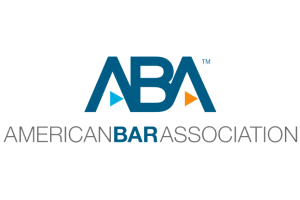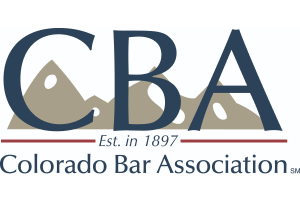Built on Trust, Focused on Results
Denver Hit & Run — Vehicle Attended by a Person (C.R.S. 42-4-1602)
Leaving the Scene of an Accident (Damage to an Attended Vehicle)
When a vehicle is hit and someone is present — driving it or attending it — Colorado law treats leaving as a crime, not “just insurance.” Even if damage is minor, prosecutors see this as walking away from a person, not a bumper.
If you’re facing a hit-and-run charge in Denver, early defense matters — fast.
✅ What Colorado Law Requires
C.R.S. 42-4-1602 + 42-4-1603 + 42-4-1606
If you are involved in an accident that causes damage to a vehicle that is driven or attended by any person, you must:
1. Stop at the scene (or as close as safely possible).
▪︎ C.R.S. 42-4-1602(1)
2. Remain at the scene
▪︎ Until all required duties are completed.
3. Perform the required duties under C.R.S. 42-4-1603(1):
▪︎ Provide your name, address, and vehicle registration
▪︎ Exhibit your driver’s license upon request
▪︎ Provide insurance information
▪︎ Render reasonable assistance if requested
4. Report the accident.
▪︎ C.R.S. 42-4-1606 (duty to report applies regardless of whether someone else already called)
➡️ The duty to report does not disappear just because:
• Someone else called 911
• Police are on their way
• “We’ll just handle through insurance later”
You can comply with your legal duties without giving self-incriminating statements.
Legal duty to stop, remain, provide info, and report.
Constitutional right not to incriminate yourself.
Both can be honored — without speaking to investigators.
⚠️ Penalties & “Charge Stacking” — The Real-World Problem
Here’s what most people don’t realize about hit-and-run cases:
Police stack charges.
Like potato chips. They never stop at just one.
When a vehicle is attended — meaning someone was:
- driving it, or
- standing next to it, or
- sitting inside it as a passenger (even if the driver walked into the convenience store) —
officers almost never write only:
42-4-1602 — Leaving the scene (attended vehicle)
They typically pile on additional counts:
| Charge | Statute | DMV Points |
|---|---|---|
| Leaving the scene (attended vehicle) | 42-4-1602 | 12 points |
| Failure to report accident | 42-4-1606 | 12 points |
| Careless driving (“the bonus charge”) | 42-4-1402 | 4 points |
➡️ Typical stack: 12 + 12 + 4 = 28 points.
Twenty-eight points.
DMV only needs 12 points in 12 months to suspend an adult license.
42-4-1603 (duty to give information/render aid) is not a standalone charge.
It is a duty statute that is enforced through 1601, 1602, or 1606 — the counts that carry penalties and DMV points.
Stacking gives the system leverage:
- More counts = more pressure
- More points = easier path to suspension
- More filings = more negotiating “weight”
One bumped mirror → multiple charges → license in jeopardy.
In many cases, the real work happens before charges are filed.
If insurance has resolved the damage and responsibility is clear, sometimes the case never gets filed —
but that outcome requires timing and control, not assumptions.
Defense goal:
🔹 Unstack the charges
🔹 Analyze each statutory obligation separately
🔹 Protect the driver’s record and license
Every case is fact-specific, and officers and prosecutors make independent charging decisions —
but stacking is standard practice in Colorado.
🚓 How Hit-and-Run Investigations Actually Start
Most investigations begin before charges are filed. Common triggers include:
- Plate readers (LPR camera hits)
- Surveillance camera pulls (businesses / intersections / home Ring systems)
- A letter from a police traffic investigations unit requesting inspection of the vehicle
- Insurance reporting + subrogation inquiries
Do not assume investigators “just want your side of the story.”
✅ My Role in Pre-Charge Intervention
✔️ Protect your rights
✔️ Communicate with investigators for you
✔️ Control the narrative — instead of reacting to it
You speak directly with me — not a case manager.
Defense Strategies from a Denver Hit & Run Attorney
Every case is unique. Strategic defenses may include:
- Identity (can they prove you were the driver?)
- Knowledge (did the driver reasonably know a collision occurred?)
- Extent of damage (is the “damage” supported by credible evidence?)
- Mitigation / civil resolution (insurance + restitution can open the door to dismissal or reduction)
Early involvement = best leverage.
Collateral Consequences
- License revocation (12 points)
- Insurance cancellation or massive rate increase
- Civil liability exposure
- Permanent criminal record (Class 2 misdemeanor traffic conviction)
A single moment shouldn’t define your future.
❓ FAQ
Q: If the other driver already called the police, do I still have to report it?
A: Yes. The duty to report under C.R.S. 42-4-1606 applies to the driver — not the bystander, not the other driver, not the officer.
Q: Do I need to go to court?
A: In some cases, I can appear for you — especially if you live out of state. Final appearances may require you to be present.
🔗 Looking for other hit-and-run pages?
➡️ Denver Hit and Run – Serious Bodily Injury (Felony)
➡️ Denver Hit and Run – Resulting in Death (Felony)
📞 Call Me Today
If you’ve been accused of leaving the scene of an accident in Denver, don’t talk to investigators before talking to counsel.
Call Denver Hit & Run Lawyer Monte Robbins at 303-355-5148
Free, confidential consultation.
You speak directly with me — not a screener.











